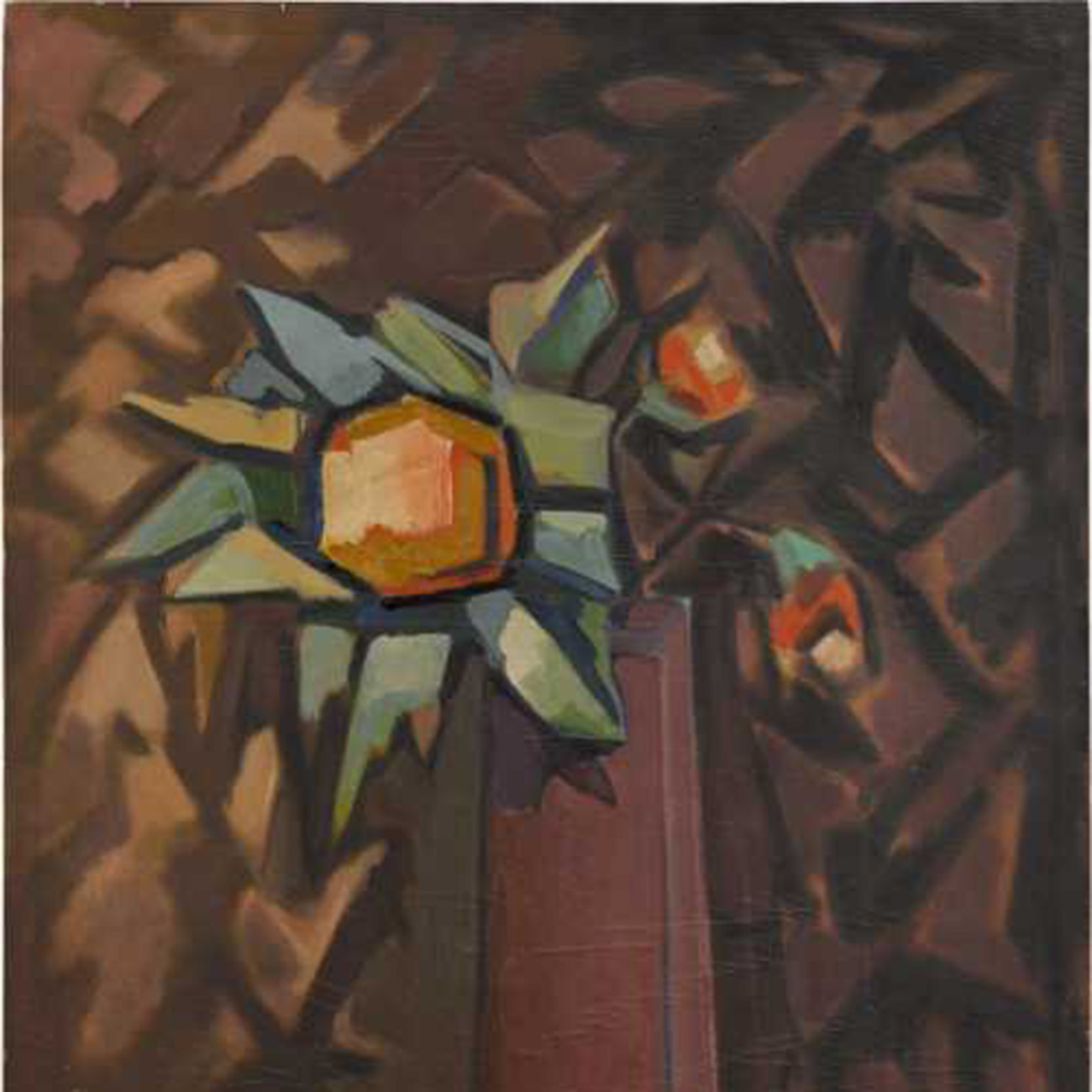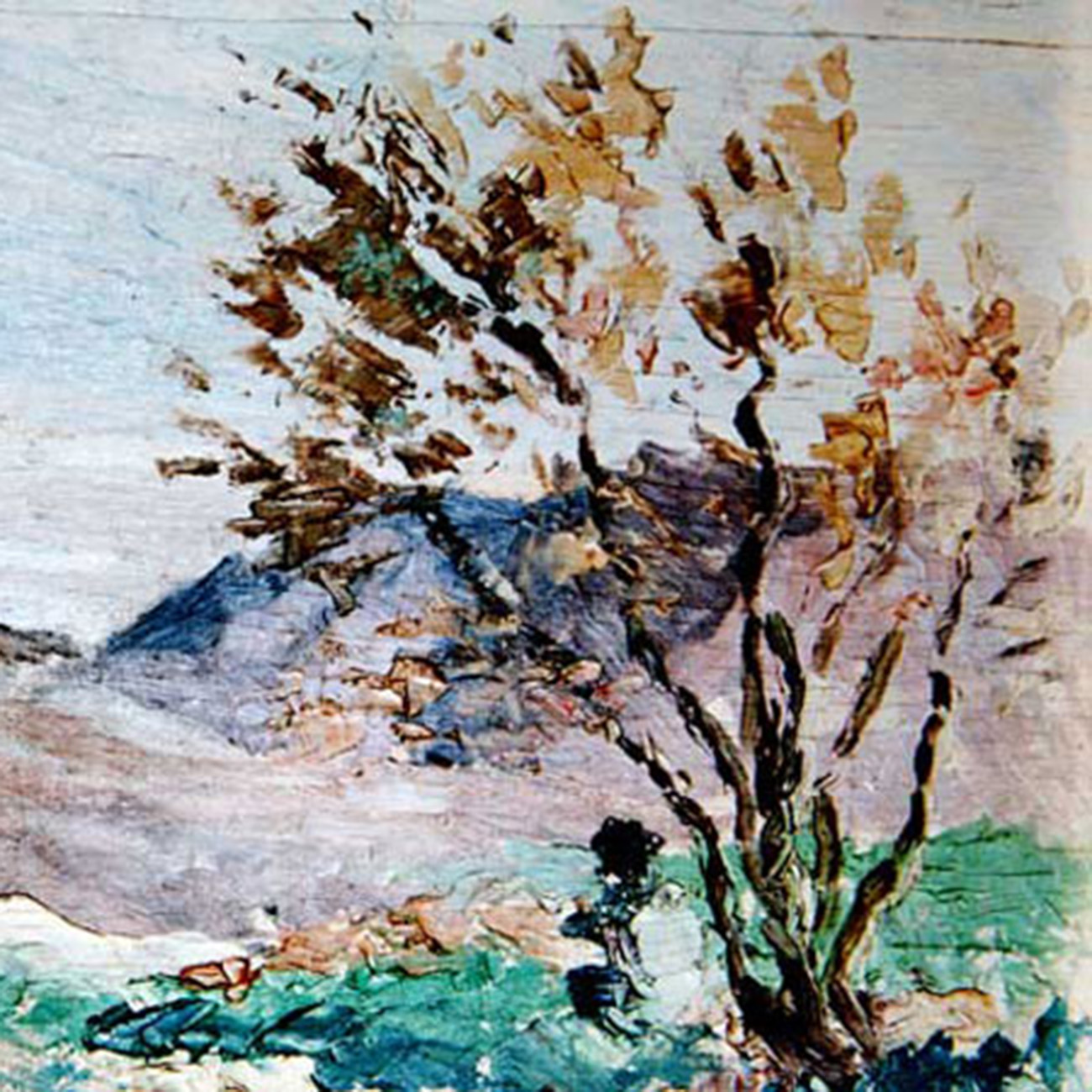Expressionism: A Cry from the Depths

Expressionism was an art movement that emerged in Germany and Austria at the beginning of the 20th century, later spreading to other parts of Europe and the world. This movement arose in opposition to realist and impressionist schools, seeking to express the artist’s inner emotions and experiences.
Key Characteristics of Expressionist Art:
- Focus on Emotions: Unlike realist paintings that aimed to accurately represent the external world, Expressionists sought to express their inner emotions and experiences.
- Exaggeration: To emphasize emotions, Expressionist artists used exaggeration in color, lines, and form.
- Vibrant Colors: The use of bold and unnatural colors to convey strong and often contrasting emotions is a hallmark of this style.
- Curved and Rough Lines: Instead of straight and delicate lines, Expressionists used curved and rough lines to evoke a sense of anxiety and turmoil.
- Subjects: Expressionist paintings often featured dark and tragic themes such as loneliness, anxiety, alienation, violence, and death.
Prominent Expressionist Painters:
- Edvard Munch: A Norwegian painter and creator of the famous work “The Scream,” which is recognized as a symbol of human anxiety and loneliness.
- August Macke: A German painter and one of the founders of the “Blue Rider” group, known for his use of bold colors and exaggerated forms.
- Wassily Kandinsky: A Russian painter and pioneer of abstract art, famous for using color and form to express inner emotions.
- Egon Schiele: An Austrian painter known for his portraits with sharp lines and exaggerated forms that convey suffering and isolation.
- George Grosz: A German painter and sharp social critic who used his paintings to express social and political protests.
Expressionism extended beyond painting, influencing sculpture, printmaking, literature, music, and theater. This movement helped artists break free from the constraints of realism and explore their inner experiences and emotions.



Expressionism in Iran
- Characteristics of Iranian Expressionism: Like European Expressionism, Iranian artists sought to express their inner emotions and experiences. Iranian Expressionism was also influenced by Iranian culture and art. The use of bold and warm colors, curved and calligraphic lines, and mystical and religious themes are prominent features. The subjects of these paintings often included social, political, historical, and religious themes.
- Prominent Iranian Expressionist Painters:
- Sohrab Sepehri: An Iranian painter and poet who used Expressionist paintings to express his inner emotions and experiences.
- Mansour Qandriz: An Iranian painter known for his use of bold colors and exaggerated forms in his paintings.
- Marco Grigorian: An Iranian-Armenian painter who used his paintings to express social and political themes.
- Mahmoud Javadipour: An Iranian painter known for his portraits with sharp lines and exaggerated forms.
Expressionism did not develop as a fully independent and sustained art movement in Iran, but it indirectly influenced many Iranian artists, especially in the 1960s and 1970s. This movement encouraged Iranian artists to break free from realism and explore their inner experiences and emotions.
Expressionism in Iran reflected the social, political, and cultural changes in contemporary Iran. This movement gave Iranian artists the courage to break free from realism and seek to express their inner experiences and emotions.
The Museum of Modern Art in New York and the National Gallery of Art in Washington, D.C. house collections of Expressionist works.

